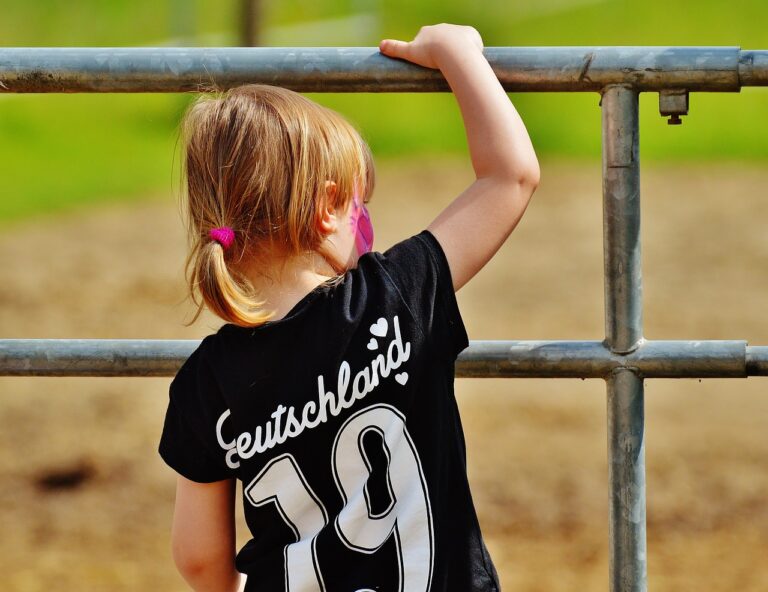Trends in Experiential Advertising: Creating Memorable Brand Experiences: 99 exch, Lesar 247.com, Yolo247 login
99 exch, lesar 247.com, yolo247 login: In the world of marketing, experiential advertising has been gaining momentum as brands look for innovative ways to connect with consumers. Creating memorable brand experiences is essential in today’s saturated market where competition is fierce. By going beyond traditional advertising methods and focusing on engaging consumers in meaningful ways, brands can leave a lasting impression that builds loyalty and drives sales.
One of the key trends in experiential advertising is the use of technology to enhance brand experiences. Virtual reality (VR) and augmented reality (AR) are being used to create immersive experiences that allow consumers to interact with brands in new and exciting ways. From virtual try-on experiences to interactive games, technology is transforming how brands engage with consumers and leaving a lasting impact.
Another trend in experiential advertising is the focus on storytelling. Consumers are more likely to remember a brand that tells a compelling story rather than simply promoting products or services. By creating experiences that evoke emotions and resonate with consumers on a deeper level, brands can build strong connections that go beyond a simple transaction.
Personalization is also a key trend in experiential advertising. Consumers are looking for brands that understand their individual needs and preferences. By creating personalized experiences that cater to the unique tastes of each consumer, brands can create a more meaningful connection that leads to long-term loyalty.
Social media is another important element in experiential advertising. By creating shareable experiences that encourage consumers to post about their interactions with a brand, companies can extend the reach of their campaigns and generate buzz online. From Instagrammable pop-up events to interactive social media contests, brands are finding creative ways to leverage social media to amplify their brand experiences.
Influencer partnerships are also a popular trend in experiential advertising. By collaborating with social media influencers who have a large following, brands can reach a wider audience and leverage the trust and credibility that influencers have built with their followers. From hosting influencer-led events to creating sponsored content, brands are using influencers to amplify their brand experiences and connect with consumers in new ways.
Overall, creating memorable brand experiences is essential in today’s marketing landscape. By staying on top of trends in experiential advertising and finding innovative ways to engage with consumers, brands can make a lasting impact that drives loyalty and builds a strong brand reputation.
FAQs
Q: How can brands measure the success of experiential advertising campaigns?
A: Brands can measure the success of experiential advertising campaigns through various metrics such as brand awareness, consumer engagement, social media mentions, and sales conversions. By tracking these metrics before and after a campaign, brands can gauge the impact of their efforts and make adjustments as needed.
Q: What is the difference between experiential advertising and traditional advertising?
A: Experiential advertising focuses on creating immersive experiences that engage consumers in a meaningful way, whereas traditional advertising typically involves promoting products or services through print, TV, radio, or online ads. Experiential advertising aims to create lasting connections with consumers by providing interactive and memorable brand experiences.







